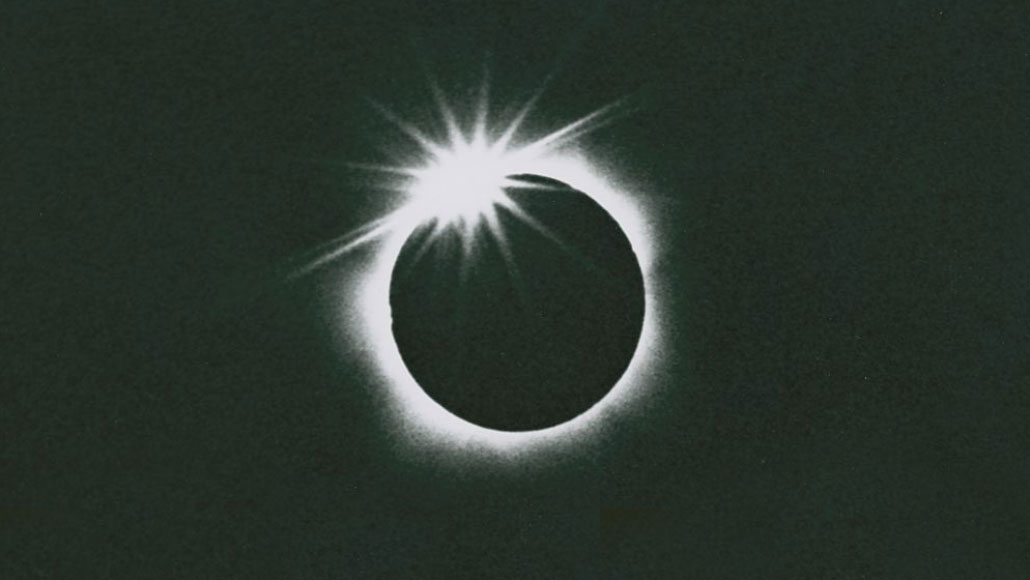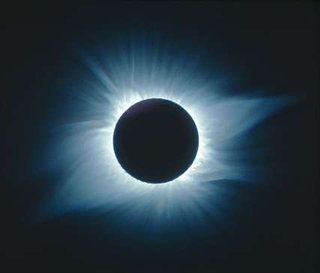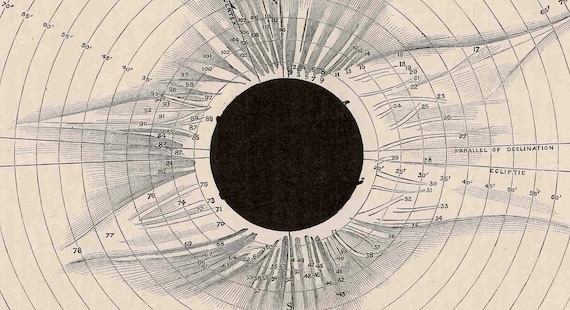
You can track space weather events such as today’s aurora and follow the latest developments, find the latest data, and see a forecast of possible future auroral activity on ESA’s SWE Service Portal. you are using a Corona Sun for the main light in the scene). It is the second brightest star in Corona Borealis.

The mission will give us advance warning of oncoming solar storms and therefore more time to protect spacecraft in orbit, infrastructure on the ground, and explorers now and in the future, unshielded by Earth’s magnetic field and vulnerable to our star’s violent outbursts. Old youtube tutorial ( Corona 4 HF1): Getting Started with Caustics in Corona for 3ds Max. Beta Coronae Borealis is 114 light years distant from the solar system. ESA’s upcoming Vigil mission will keep an eye on the ‘side’ of the Sun to spot any potentially hazardous solar activity before it rotates into view from Earth. But what could we do if a CME was heading straight for us?Īn early warning is key. Fortunately, most of it missed us and no serious impacts on infrastructure on Earth have been reported.

The celestial alignment will also reveal the suns corona, the area of hot gas the surrounds.

gnarly heel hooks, exhausted abs, wobbly handstands, and sun salutations. During a solar eclipse, the moon casts a shadow onto Earth. The CME was associated with a solar flare that occurred close to midnight ( UTC) on February 25. The leadership team has been monitoring the coronavirus (COVID-19) outbreak. The future ESA Vigil mission will provide a first-of-its-kind capability: monitoring the Sun to provide constant, near real-time data on potentially hazardous solar activity.


 0 kommentar(er)
0 kommentar(er)
